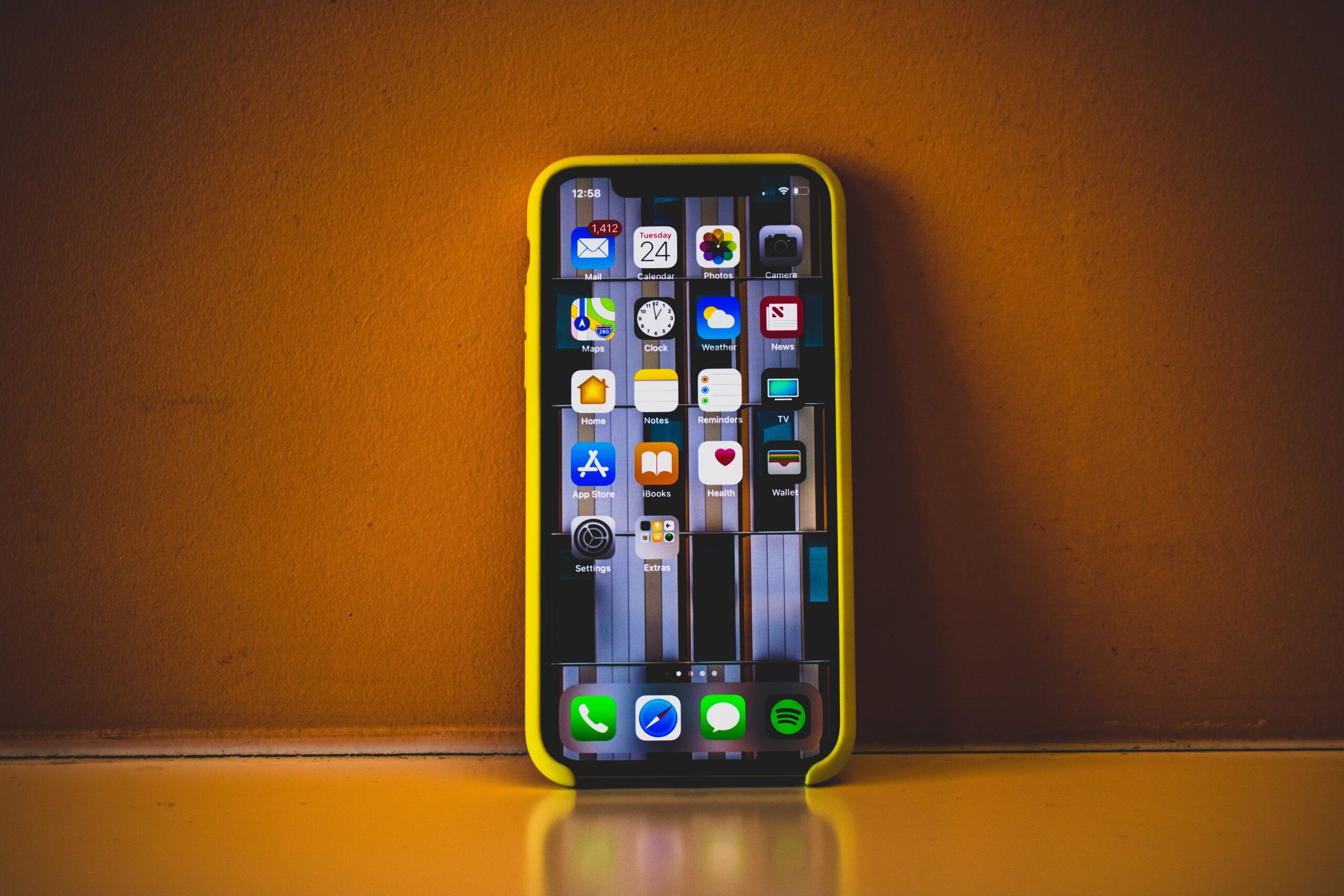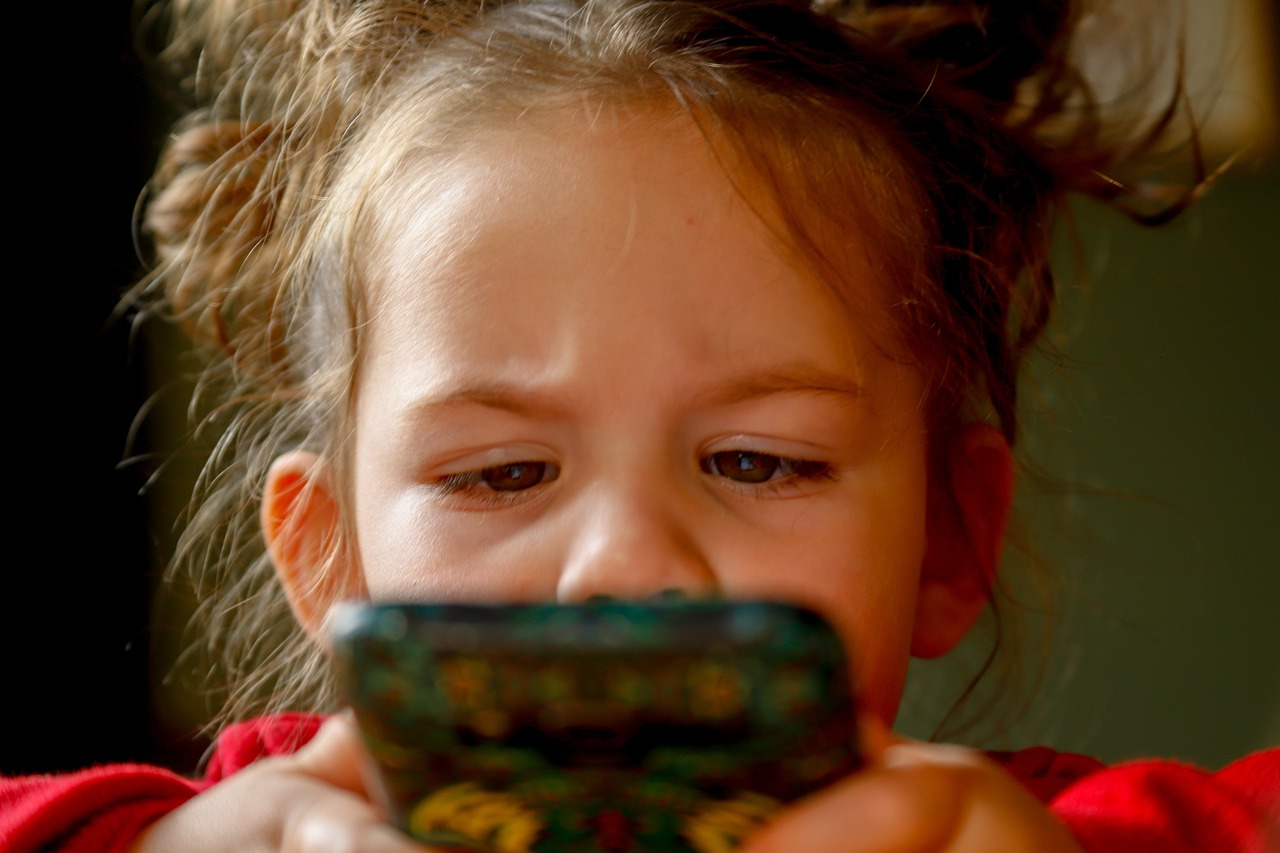Imagine a world without smartphones. These devices, which started out as mere phones, are now essential to our lives, serving everything from communication to entertainment. Would you survive? Do you know all the secrets that make these technological wonders work? Let's investigate together.

The Forgotten Microphone: Revealing Its Secrets
Did you know that the small hole at the bottom of your smartphone is a microphone? Strategically placed, it captures your voice clearly during calls and recordings. On newer models, a second microphone at the top helps capture ambient sounds for an immersive audio experience.
Fascinating Facts About Cell Phones
- Origin of the Name: The term “cellular” derives from the fact that the areas served by transmission towers are divided into cells. The first use of the word “cellular” was in 1977, and “cell phone” in 1984..
- First Portable Cell Phone: Motorola's Martin Cooper gave the first public demonstration of a portable cell phone in 1973, calling a rival AT&T. New Yorkers were amazed to see him walking and talking on the phone..
- The Original Colossus: The first portable mobile phone measured 33 cm in height, 4.5 cm in width, 8.9 cm in thickness and supported only 20 minutes of talk time. In addition, it needed more than 10 hours to recharge..
- Android Dominance: Despite the popularity of iPhones, about 88.3% of mobile phones in use are not iPhones. Android is the most widely used operating system, with 84.7% of the market share..
Read more:
- Android 14 Reveals Secret Feature: Save Memory and Battery
- Safe Cell Phone: GOV.BR launches app to combat cell phone theft and robbery
- Cell Phone: Endless Connection and the Price of Anxiety
More curiosities
- Nomophobia: There is a condition called nomophobia, which is the fear of being without cell phone signal or unable to use the phone..
- No Muscles in Fingers: The fingers used to interact with your phone do not contain muscles. They are controlled by tendons attached to muscles in the palm of the hand and forearm..
- Text Message Volume: In 2013, over 9 trillion text messages were sent, which equates to about 1,200 messages per person on the planet per year..
- Typing Record: According to Guinness World Records, the fastest person to type a text message in the world is Sonja Kristiansen from Norway..
- Dear Home: The first cell phone sold in the US, in 1983, cost US$1,000..
- Apple's Astronomical Sales: Apple sold over 340,000 iPhones per day in 2012.
- Cell Phones vs. Toothbrushes: More than 4 billion people have cell phones, but only 3.5 billion use toothbrushes daily.
- Antenna Disguises: In the US, cell phone towers and antennas are often disguised, including installations on telephone poles, church roofs, and even signs, and even disguised as plastic trees..
The smartphone is a technological marvel
It is a symbol of innovation and human ingenuity. Every time you use your mobile phone, you are accessing a world of possibilities and discovering the mysteries of modern technology.
The invention of the smartphone is certainly a milestone in the history of technology. Although the first mobile phone models appeared in the 1970s, it was only with the launch of the iPhone in 2007 that the era of modern smartphones truly began.
Indeed, this Apple launch not only revolutionized the mobile phone industry, but also fundamentally changed the way we interact with technology. The iPhone introduced an intuitive user interface with a touchscreen and a sleek design, setting a new standard for mobile devices.
Additionally, the introduction of the App Store in 2008 opened up a universe of possibilities, allowing users to customize their devices with a nearly endless variety of apps.
Since then, smartphones have become increasingly popular. Today, they are much more than just communication devices; they have become essential tools in our daily lives. As technology continues to evolve, modern smartphones are becoming increasingly powerful and versatile. For example, advances in smartphone cameras have transformed photography, making it more accessible and widely practiced.
Furthermore, the integration of artificial intelligence and machine learning into devices has improved features such as facial recognition and virtual assistants, expanding the functionality and interactivity of devices. In today’s context, smartphones are central to many aspects of our lives, from navigation and communication to entertainment and health management, reflecting how these devices have evolved from mere phones to indispensable digital companions.




Thank you for your sharing. I am worried that I lack creative ideas. It is your article that makes me full of hope. Thank you. But, I have a question, can you help me?